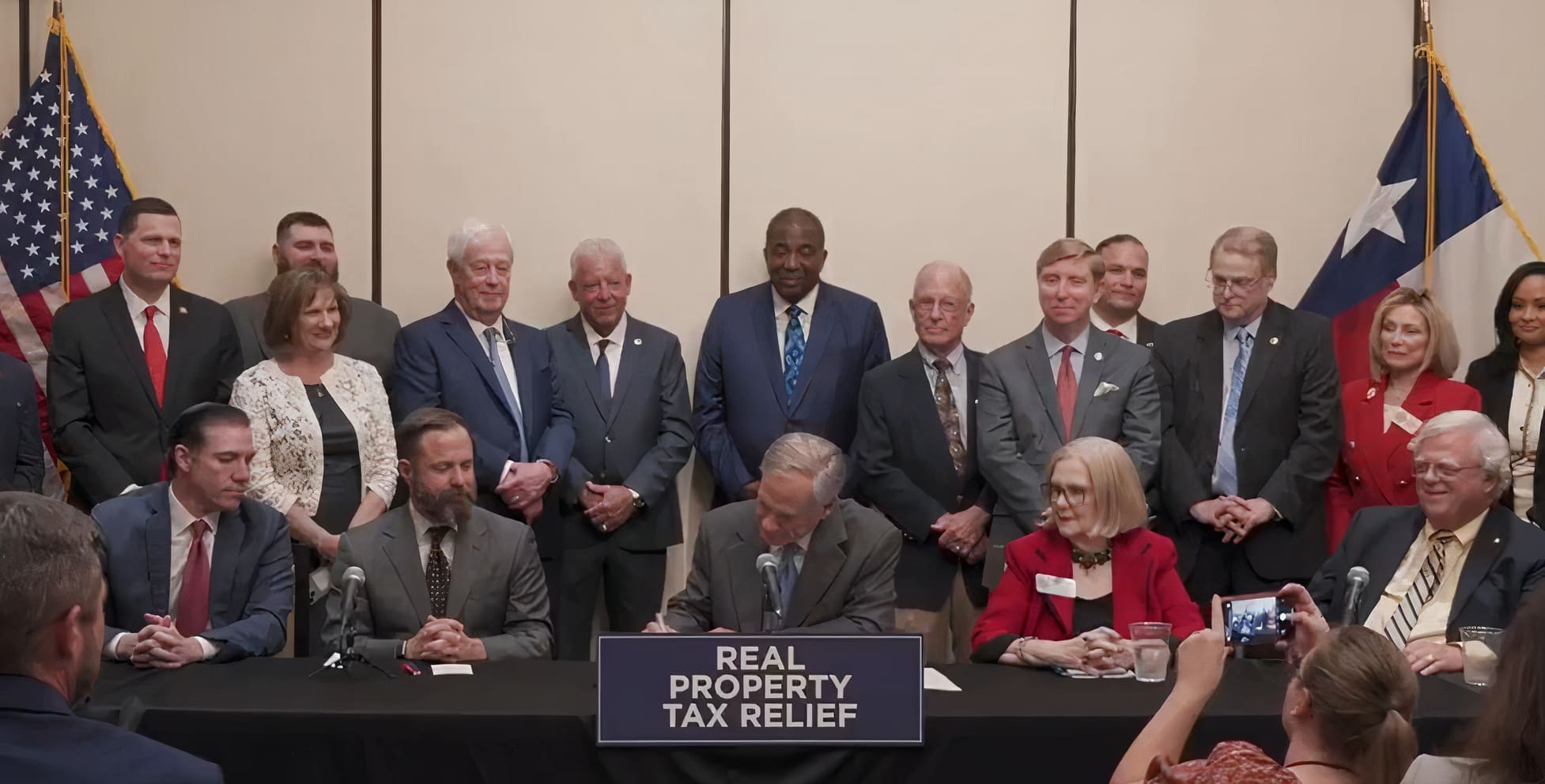In Texas, fiscal responsibility isn’t just a political catch phrase, it’s a mandate from “we, the people.” That’s why, for the second consecutive session, our office has filed Senate Bill 9 to place real, permanent restrictions on the growth of state government spending.
The good news: The concept of a state spending cap is already outlined in the Texas Constitution. This cap was adopted in 1978 and says that growth in state spending cannot exceed the rate of growth of the overall economy.
The bad news: While this cap sounds like a strong protection against runaway government spending, it has two major design flaws that render it almost completely ineffective.
First, the current cap only applies to one type of government spending called general revenue (GR). To put that into context, the state budget for the 2016-17 biennium included $106 billion in GR. But it also included a big chunk of money, nearly $8 billion, in something called general revenue – dedicated funds (or GRD). So you can see based on the numbers that it would be possible, easy even, to stay under the GR limit while actually spending high above it using other streams of money.
Is a state spending limit really a limit if it exempts billions of dollars in state spending? Not a trick question. The answer is no.
Secondly, the precise dollar amount of the cap is calculated each biennium by the Legislative Budget Board (LBB). Under their current method, the LBB determines Texas’ economic growth rate by looking at wide-ranging projections of personal income growth (which might be better described as educated guesses). Any economist can tell you that these are rough projections and that personal income alone is not an accurate measure of the overall economy. In fact, though it may not feel like it to many of us, personal income tends to grow faster than the economy as a whole. That means using personal income to calculate the spending cap makes it seem like the economy is growing faster than it really is, allowing high spending levels yet again.
Is a state spending limit really a limit if it’s calculated based on inflated projections? Still not a trick question. The answer is no.
SB 9 would address both of these problems with simple fixes. It makes GRD funds subject to the spending cap, broadening the base. And it changes the formula for calculating the cap to population growth rate x inflation rate, a more accurate and conservative measure than personal income growth.
The state budget process can be complicated, but the bottom line is this: While we can hope and pray the Texas Legislature will always be fiscally conservative, self-imposing reasonable spending restrictions, it’s time to put some permanent protections in place so future generations of Texans don’t run the risk of seeing government spending skyrocket. As the saying goes, “Don’t California my Texas.”




